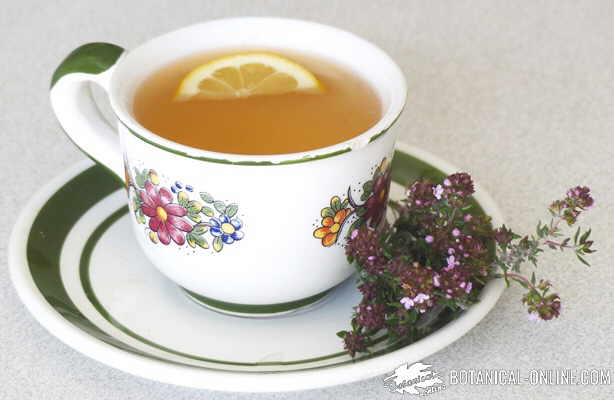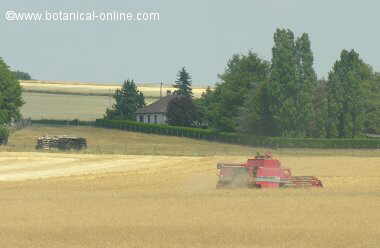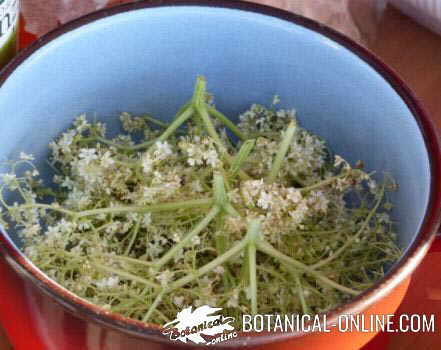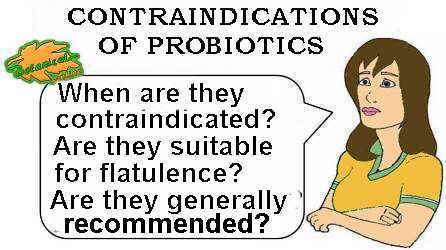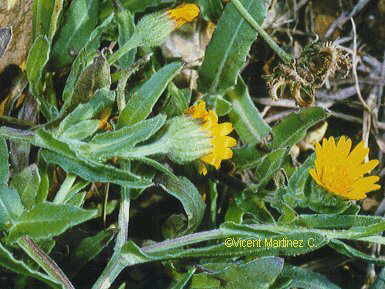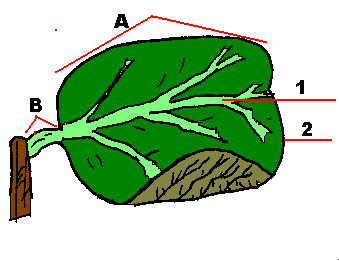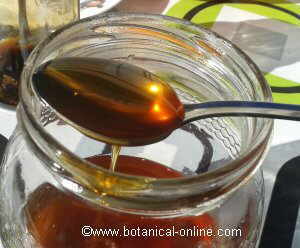Contents
Healthy benefits of garlic
What is garlic?
Garlic (Allium sativum) is a vegetable.
It consists of a rounded bulb buried underground mostly of whitish color, although some varieties present blue or red shades if they are tender.
The skin of garlic shows the same color as the inside, if they are tender. If they are old, red or purple.
Garlic is composed of several segments, within which the germ is.
Garlic has a tangy flavor.
What are the main nutrients of garlic? Composition of garlic
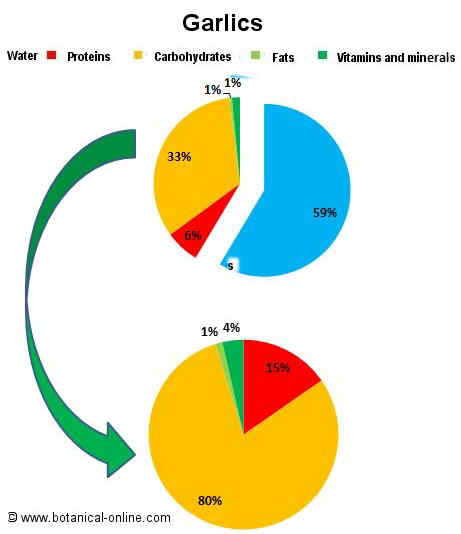
As an energy source, 100 grams of garlic give us 149 calories.
Their proportion of nutrients is divided into:
- Almost 60% is water.
- 0.5% fat.
- More than 6% proteins.
- More than 33% carbohydrates.
- A 2.1% fiber.
They are rich in potassium and calcium and also contain phosphorus and selenium, and smaller amount of magnesium, zinc, manganese and iron.
They contain lots of vitamin C, vitamin B6 and B9, and small amounts of other B vitamins and vitamin E.
Nutritional characteristics of garlic
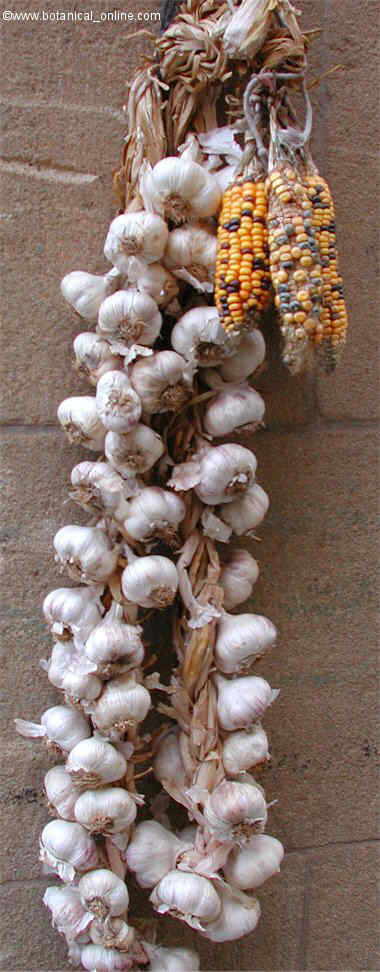
Rope of garlic with corncobs
- Garlic has a high water content.
- It provides little energy.
- It contains very little fat, although of high quality and with many health benefits.
- It has a moderate protein content.
- It has many carbohydrates, especially sugars.
- A moderate-fiber content.
- It helps to remove toxins from our body, because it contains potassium.
- Because of its calcium content, it helps the formation of strong bones.
- For its content in B vitamins, particularly vitamin B6 and B9, it helps us to maintain our brain function and grow properly.
- It protects us from colds, helps heal wounds, it eliminates toxins and prevents aging, because it contains vitamin C.
Garlic in the kitchen
![]() More information on other foods and nutrition
More information on other foods and nutrition

